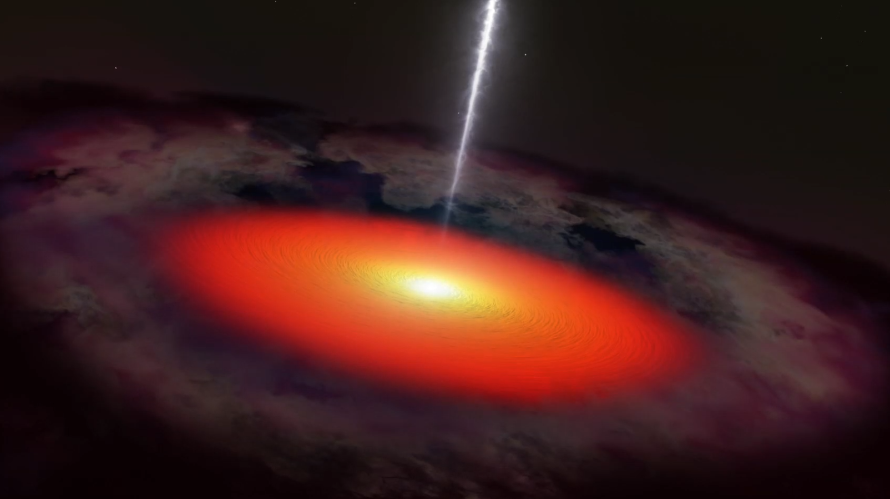
Extreme Blazars Studies
Blazars are a subclass of Active Galactic Nuclei (AGN) with the jet pointing directly to the Earth direction and are between the most powerful extragalactic emitters at high energies. The jet luminosity outshine the rest of the hosting Galaxy emitting regions and give us a perception of the parameters of this unique accelerator of cosmic rays. With the possibility to reach EeV energy ranges for the accelerated particle becomes also a favourite source of very high energy neutrinos to be observed with the kilometric size Cherenkov telescopes.

The non-thermal electromagnetic emission described usually with the two humped spectral energy distribution are generally associated with the self synchrotron emission from the electron populations accelerated within the jet. The position of the low energy hump give us a further classification of the Blazar sources, in detail: the low synchrotron peaked (LSP), the intermediate synchrotron peaked (ISP) and the high synchrotron peaked (HSP). Under the assumption that the multi-kiloparsecs jet can be also a factory of neutrino emission through the p-gamma interaction where the photon target assumed within the energy range of the firt peak give the corresponding neutrino peak production. With this scenario the most promising candidate for the KM3NeT/ARCA telescope would be the HSP blazars potentially producing a peak of neutrino production in the range from tens to hundreds of TeV.
To study this class of variable object with the ARCA telescope we go through the x-ray catalogues and we select the ones with observed flares in this energy range. Ones described the SSC electromagnetic production around the first peak through AGNpy we reconstruct also the expected neutrino energy distribution and we explore the present ARCA data to search for a possible constrain of the hadronic emission during these flaring periods. This analysis will proceed with the different steps of ARCA with a special look for the extreme Blazars positioned in the Southern hemisphere.
